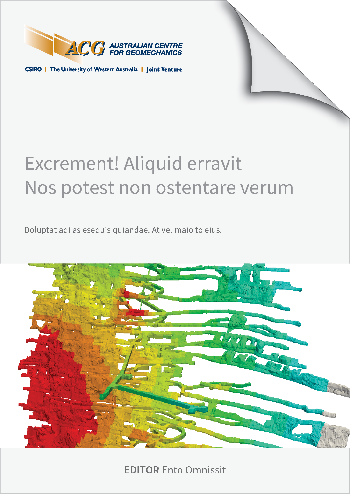Investigation and determination of optimal extraction rates during skalning

|
Authors: Gyamfi, S; Wettainen, T |
DOI https://doi.org/10.36487/ACG_repo/2435_E-04
Cite As:
Gyamfi, S & Wettainen, T 2024, 'Investigation and determination of optimal extraction rates during skalning', in Daniel Johansson & Håkan Schunnesson (eds), MassMin 2024: Proceedings of the International Conference & Exhibition on Mass Mining, Luleå University of Technology, Luleå, pp. 735-745, https://doi.org/10.36487/ACG_repo/2435_E-04
Abstract:
Several draw control studies and strategies have been carried out in many sublevel caving operations globally to optimize extraction rates, improve recovery, minimize dilution, and reduce mining costs. In recent years, the draw control studies, strategies, and practices have looked beyond grade control (dilution) and tonnage of ore that may be recovered. The working environment and safety of the loading, charging, blasting crew, and other personnel may also affect and play a significant role in the amount of ore to be loaded from a ring, particularly blasted rings along the hanging wall contact that are not yet in contact with the caved material on a level above (referred as “skalning” in Swedish mining terms). This article describes the investigation and determination of optimal extraction rates when loading in the “skalning” areas at LKAB Malmberget mine as well as for “specific cases of skalning” where some entire drifts are outside previously mined areas (cave contact). The determined and recommended optimal rates include; 35% - 70% for the “skalning” zones with subgroup divisions where applicable, 70%-90% for contact with caved material on one level above, and >90% - free loading for contact with two levels above (towards the footwall for maximum recovery, but general guidelines and loading criteria at the mine still apply). The results have been discussed and specific recommendations to loader operators, implementation of the assessment, and further investigation on the material flow prediction and simulation have been given such that improvements could be made on the optimal rates where needed.
© Copyright 2025, Australian Centre for Geomechanics (ACG), The University of Western Australia. All rights reserved.
View copyright/legal information
Please direct any queries or error reports to repository-acg@uwa.edu.au
View copyright/legal information
Please direct any queries or error reports to repository-acg@uwa.edu.au